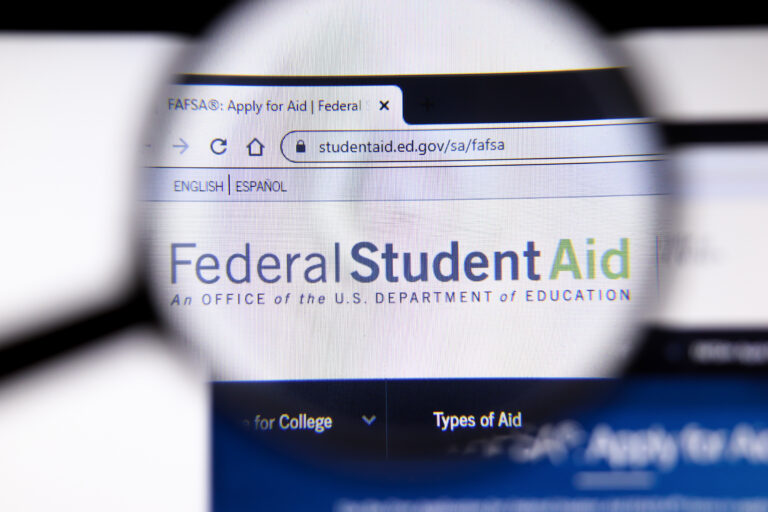by Ben Watsky
In higher education, new analytics efforts are examining data to better predict student success – and take down theories like the “GPA myth,” debunked in this recent NPR piece about Whiteboard Advisors client Civitas Learning. Recent research suggests that a similar approach could have a big impact in K-12, where one of the most frequently used data points doesn’t tell the whole story.
The analysis – covered this week in the New York Times – focuses on Michigan, where about half of eighth graders in public school receive free or reduced-price lunch. But far fewer students in the state – only 14 percent – have been receiving subsidized meals every year since kindergarten. For these students, whom the researchers call “persistently disadvantaged,” the achievement gap is nearly a full grade of learning bigger than for their peers who only recently became eligible for subsidized lunch.
The policy implications here are significant, since funding for districts isn’t always given out based on how long a student has been disadvantaged – it’s often based on the much cruder measure of eligibility for subsidized lunch in a given year. From a practical standpoint, that means that the districts with greatest need might not be getting nearly enough financial support, due to the inadequacies of these historical data practices. Under the current system, two districts with drastically different numbers of deeply poor students might receive the same amount of government funding.
Can we do a better job of serving these students? The researchers say yes: by looking at which families receive welfare benefits the most regularly, we can break down student groups into more refined categories and offer targeted support to those who need it most. This analysis could have big implications for philanthropies as well, as they seek more accurate models that can help them better identify the areas of greatest need. The shift to more sophisticated data has already begun in higher ed – and based on this research, it seems likely that K-12 should follow that lead.



